Question: “What is the difference between a 32 bit TGA and a 32 bit EXR ?”
Answer:
This is not a easy answer if your don’t understand the question.
Knowing the difference will help you talk the lingo and make better choices when producing content.
The following information will allow you to understand, communicate and deliver what is actually being asked for.
What is a “Bit”
The bit is a basic unit of information in information theory, computing, and digital communications. The name is a portmanteau of binary digit. It is either OFF or ON
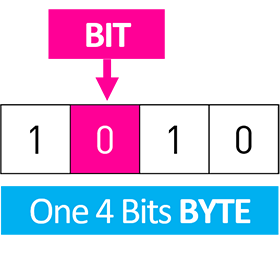
What is a “Byte”
The bit stands as a fundamental unit of data in information theory, computing, and digital communications. Its name is a combination of “binary” and “digit,” signifying its two possible states: OFF or ON.
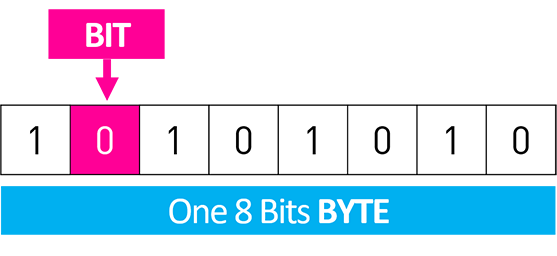

What is a “Bit Depth”
A byte, typically comprising 8, 16, or 32 bits, serves as a fundamental unit of digital data, representing binary numbers. In computer history, it originally denoted the quantity of bits required to encode a single character of text, and as such, it remains the smallest addressable memory unit in numerous computer architectures.





What is a “Channel”
To produce color, we rely on the combination of three primary colors, known as RGB. Each of these primary colors requires its own channel to store information. Standard RGB images consist of three channels, but occasionally, they may include an alpha channel, which increases the channel count to four.
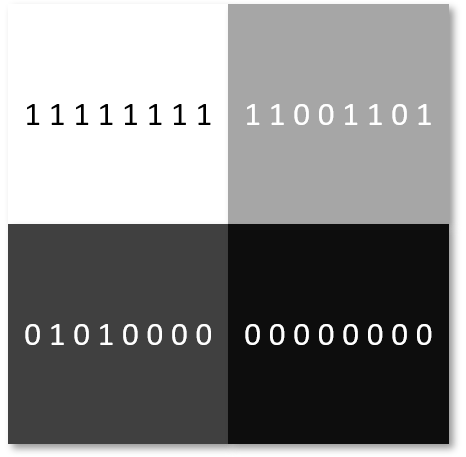
Gray – 8 Bits
256 Colors
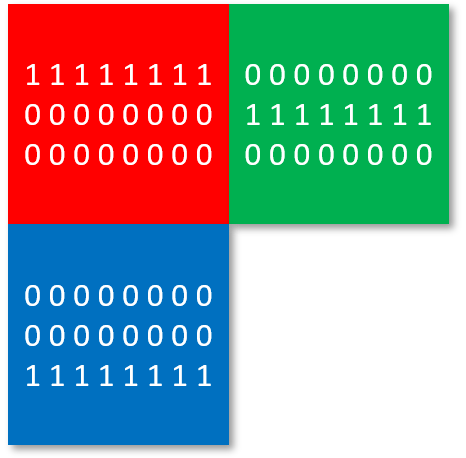
Red – 8 Bits
Green – 8 Bits
Blue – 8 Bits
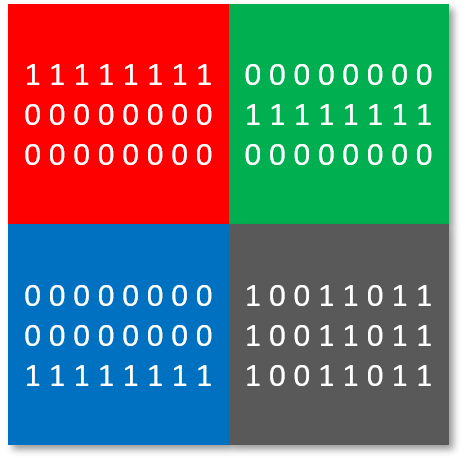
Red – 8 Bits
Green – 8 Bits
Blue – 8 Bits
Alpha – 8 Bits
Gradient Examples
One of the most effective methods for visually illustrating bit depths is through gradients.
Although the distinction between 1 and 8 bits is quite noticeable, there’s not as much visual contrast between 8 and 16 bits. However, when working with gradients, like those found in a sky, an 8-bit depth might not be the optimal choice.
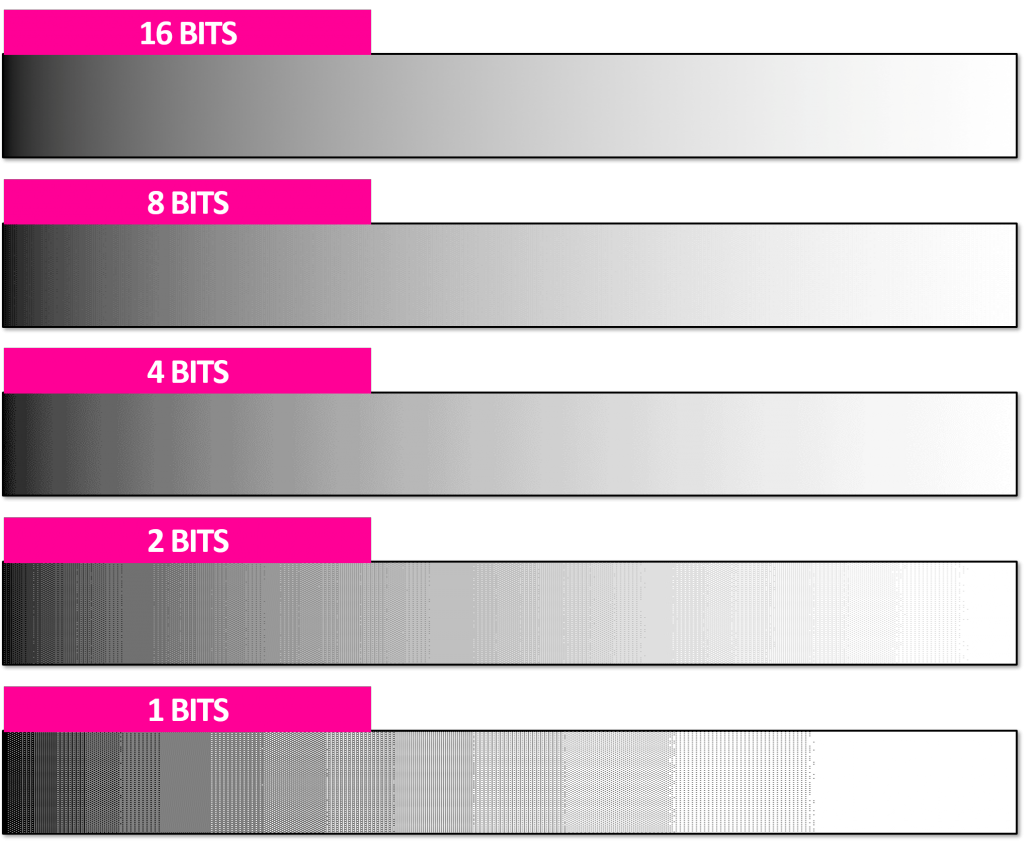
Talking about color
The conventional 0-256 scale has become obsolete, as modern images are seldom limited to 8 bits.
Given that bit depths can vary when discussing colors, it’s essential to employ a universal scale.
Here is a better way:
- 0-1 for 3D, Composite, and log work
- “Can you add 0.25 of red”
- 0%-100% Photo work
- “Can you add 25% more red”


The Question:
Question: What is the difference between a 32 bit TGA and a 32 bit EXR ?
Answer: A 32 bit TGA
- TGA is an 8 bit / 32 Bit Depth file
- Each channel ( R, G, B and Alpha) contains a 8 bit or 256 shades of color.
- Channel bit depth adds up to 32 bit (24 if there is not a alpha).
- A total possible colors is 16.78 Million.
Answer: A 32 bit EXR
- EXR is an 32 bit / 128 Bit Depth file
- Each channel ( R, G, B and Alpha) contains a 32 bit or 4,294,967,296 shades of color.
- Channel bit depth adds up to 128 bit.
- A total possible colors is 80 Octillion.